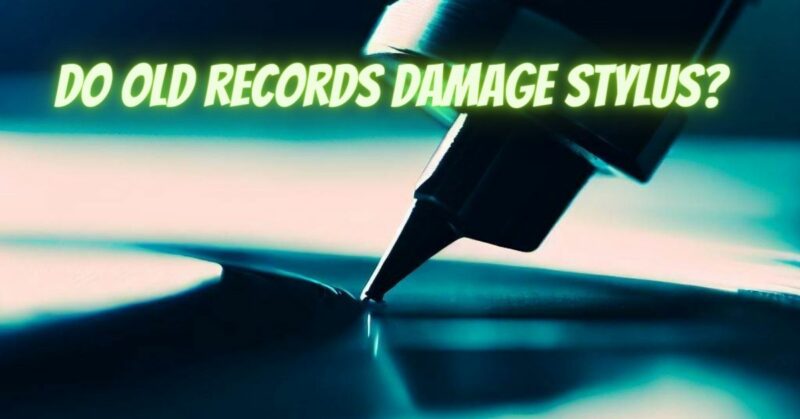Vinyl records have made a remarkable comeback, captivating audiophiles and music enthusiasts with their warm analog sound and tangible connection to music history. Many collectors and enthusiasts are drawn to vintage records, which carry the charm of bygone eras. However, there’s a crucial consideration when playing vintage records: the preservation of your precious stylus. In this comprehensive article, we will explore the potential threats vintage records may pose to your turntable’s stylus and offer guidance on how to protect this essential component while enjoying the magic of vinyl’s yesteryears.
Understanding the Vintage Vinyl Appeal
Vintage records, often defined as those produced in the mid-20th century or earlier, have a unique appeal for collectors and music aficionados:
- Historical Significance: Vintage records offer a glimpse into the musical past, preserving the sounds of iconic artists and historical recordings.
- Aesthetic Value: The artwork, packaging, and labels of vintage records carry a nostalgic charm that enhances the overall listening experience.
- Sound Character: Some listeners appreciate the unique sound characteristics of vintage vinyl, including the warmth, surface noise, and occasional imperfections that contribute to the analog charm.
Potential Threats to Your Stylus
While vintage records hold undeniable allure, they may pose specific challenges to your turntable’s stylus:
- Wear and Tear: Vintage records may have accumulated more wear and tear over the years, including surface scratches and grooves that have seen thousands of spins.
- Dust and Debris: Older records are more likely to have accumulated dust, debris, and even mold over time, which can transfer to the stylus and damage it.
- Groove Damage: Excessive wear and damaged grooves can pose a risk to your stylus, potentially causing it to skip or jump.
- Static Electricity: Vintage records are susceptible to static buildup, which can attract dust and debris and negatively impact stylus performance.
Preservation Tips for Vintage Records and Stylus
To enjoy vintage records while preserving your stylus, consider the following tips:
- Clean Your Records: Invest in a high-quality record cleaning system or use a carbon fiber brush to remove dust and debris from vintage records before each play. Deep cleaning may also be necessary for records with stubborn dirt or mold.
- Inspect the Grooves: Visually inspect vintage records for visible damage, deep scratches, or warping. If a record appears excessively worn or damaged, consider replacing it or seeking professional restoration.
- Use a Good Stylus: Invest in a high-quality stylus that is suitable for both modern and vintage records. A well-maintained stylus is less likely to be affected by minor imperfections.
- Control Static: Use an anti-static brush or mat to reduce static buildup on vintage records, minimizing the attraction of dust and debris.
- Adjust Tracking Force: Ensure that your turntable’s tracking force is correctly calibrated to accommodate older records. Refer to the manufacturer’s guidelines for the recommended tracking force for vintage vinyl.
- Playback Speed: Verify the playback speed of vintage records, as some older releases may not conform to modern standards. Adjust your turntable accordingly.
- Replace Sleeves: Use anti-static inner sleeves to protect vintage records from static electricity and reduce the risk of surface damage.
Vintage records offer a nostalgic journey through the annals of music history, but they also demand careful consideration when it comes to stylus preservation. By adopting proper cleaning and maintenance practices, you can enjoy the magic of vintage vinyl while safeguarding your turntable’s stylus from excessive wear and potential damage. With the right care and attention, vintage records can continue to provide a rich and immersive listening experience, preserving the timeless appeal of analog sound for generations to come.


